
5 things to know about Winnipeg’s big sewage problem
115 billion litres, 70 years to fix, $5.5 billion in lawsuits
Sean Godwin was walking down Commercial Drive in Vancouver when he got a text from a colleague.
“It said something like, ‘you won’t believe what just came out,’ ” he said.
Fisheries and Oceans Canada, commonly called DFO, had released a report that found “no statistically significant association” between the level of sea lice that attack juvenile wild salmon and infestations of the parasite at nearby salmon farms. What that implies, the report continues, is that sea lice on wild juvenile Pacific salmon “cannot be explained solely” by sea lice larvae from farms.
The industry association that represents salmon farmers in B.C. sent out a press release lauding the report as “comprehensive.”
Godwin was baffled.
“It is one of the worst pieces of science I’ve ever seen come out of a government agency,” Godwin, a post-doctoral fellow at Simon Fraser University, told The Narwhal.
He’s not alone in his concern. On January 30, he and 15 other academic scientists wrote to Fisheries and Oceans Minister Joyce Murray to share their “professional dismay at serious scientific failings” in the report.
“This report falls far short of the standards of credible independent peer review and publishable science,” the letter, which was made public Thursday, says.
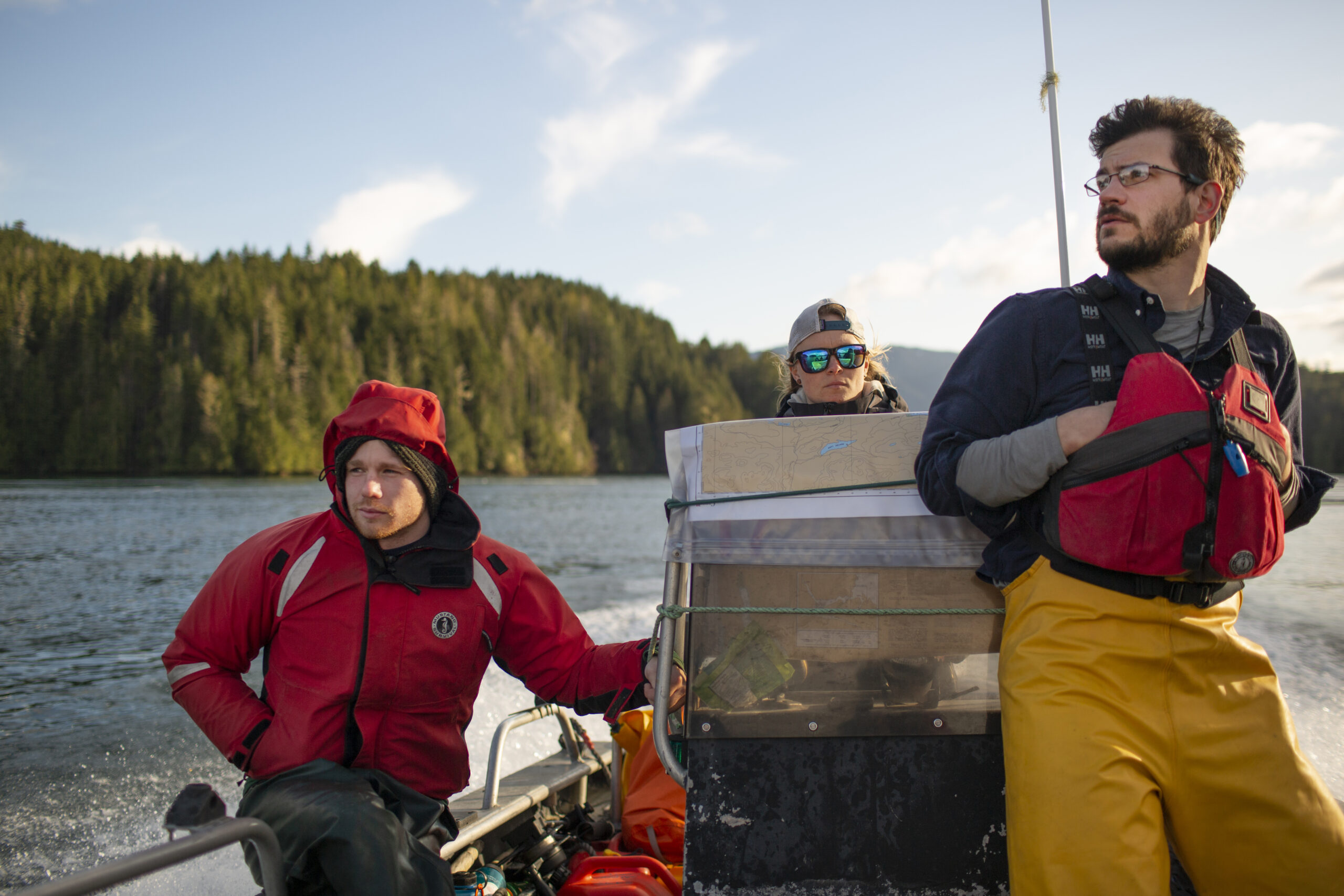
“There are over 30 peer-reviewed scientific papers from B.C. that link sea lice on wild juvenile salmon with salmon farms, and many more papers internationally,” the scientists note.
The DFO report “in no way overturns the accumulated scientific evidence that salmon farms are one of the primary drivers of sea louse infestations on nearby wild juvenile salmon,” they write.
In a statement to The Narwhal Brian Kingzett, the executive director of the BC Salmon Farmers Association, an industry lobby group, said, “so far, our analysis is that it was a comprehensive study.”
“When we have a chance to review scientific criticisms, we will look at them in detail and in an objective manner,” he said.
Minister Murray’s office and Fisheries and Oceans Canada did not respond to The Narwhal’s questions prior to publication.
Sea lice are naturally occurring in the ocean and the BC Salmon Farmers Association noted in a statement to The Narwhal that farmed salmon are free from lice when they enter their pens.
But in the same way that viruses like COVID-19 spread more easily in big crowds of people, once sea lice get in they flourish in farms teeming with fish.
Exposure to lice is a particular concern for the juvenile salmon that migrate past infested farms on their way out into the open ocean. Lice eat away at salmons’ skin, mucus and blood, leaving them with open sores and weakened immune systems. A single louse can cause enough damage to kill a juvenile salmon.
Godwin, who has spent the past decade or so studying the interactions between farmed and wild salmon, said the young wilds infested with more sea lice struggle to compete for food, grow more slowly and are more vulnerable to predators.
“Wild salmon are suffering from death by 1,000 cuts right now,” he said. But sea lice are “definitely a big issue and one of the only ones that is actually kind of manageable.”
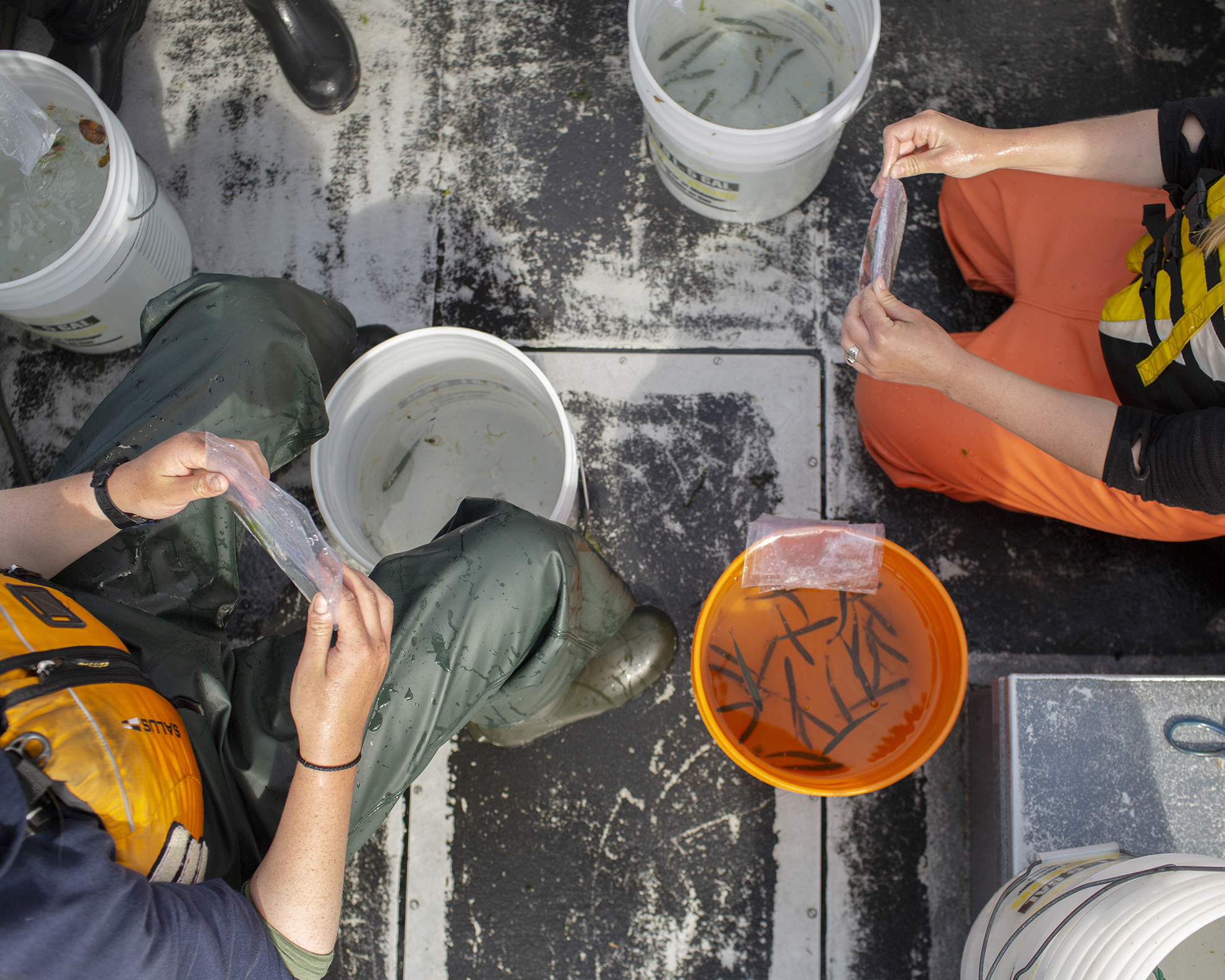
“Salmon farmers in B.C. are as concerned as any other coastal resident about wild salmon,” Kingzett said in a statement to The Narwhal.
Sea lice are a problem that has long plagued the B.C. salmon farming industry. Salmon farmers relied on chemical treatments to control sea lice outbreaks but the pests are becoming increasingly resistant to pesticides. Farms have also used freshwater and pressurized water treatments to control lice and other methods to prevent lice from entering pens. But farms have found it difficult to control sea lice outbreaks and in recent years, salmon farms have been found to be above the legal limit for lice during key migration windows for young salmon. A study Godwin conducted in 2020 found the amount of sea lice is regularly underreported at salmon farming operations.
Kingzett noted that “studies have shown wild salmon become infected with sea lice before even passing salmon farms and transfer sea lice to farmed salmon.”
DFO’s sea lice report’s conclusion is “important in the discussion regarding sea lice and farmed salmon. However, BC Salmon Farmers will continue to reduce any potential risk,” he said.
For years, scientists, many First Nations and conservationists have urged Fisheries and Oceans Canada to remove net-pen salmon farms from coastal waters.
Now, as the federal department is considering how to transition the industry away from open-net pen farms and Fisheries Minister Murray faces a more imminent decision on the future of salmon farming in the Discovery Islands region, the quality of scientific advice she’s getting from her department is a pressing concern.
Some scientists warn the recent sea lice report is just one example of many that illustrate major problems with the way science is done at Fisheries and Oceans Canada.
In their letter, the scientists point to internal government documents obtained through an access to information request, that indicate the federal scientists only reported select results from their analyses.
Godwin said the documents show the federal scientists ran their analysis “multiple times in multiple different ways,” and excluded results from the report that showed a significant association between the level of sea lice on farms and wild salmon.
Martin Krkosek, a Canada Research Chair in marine epidemiology based at the University of Toronto and another signatory to the letter, noted there’s also a discrepancy between the reported results of the analysis and the conclusions that suggest there’s no problem with sea lice from salmon farms.
“The results in the paper themselves actually reinforced the connection that salmon farms are a primary driver of lice on juvenile salmon,” he said.
Very simply, the federal scientists used models to analyse the relationship between juvenile salmon infected by sea lice and the level of sea lice infestation on nearby farms in four separate regions.
Their results were very close to a statistical threshold that would signal there is a significant association between the level of lice on farms and the level of lice on wild salmon swimming past, Krkosek explained.
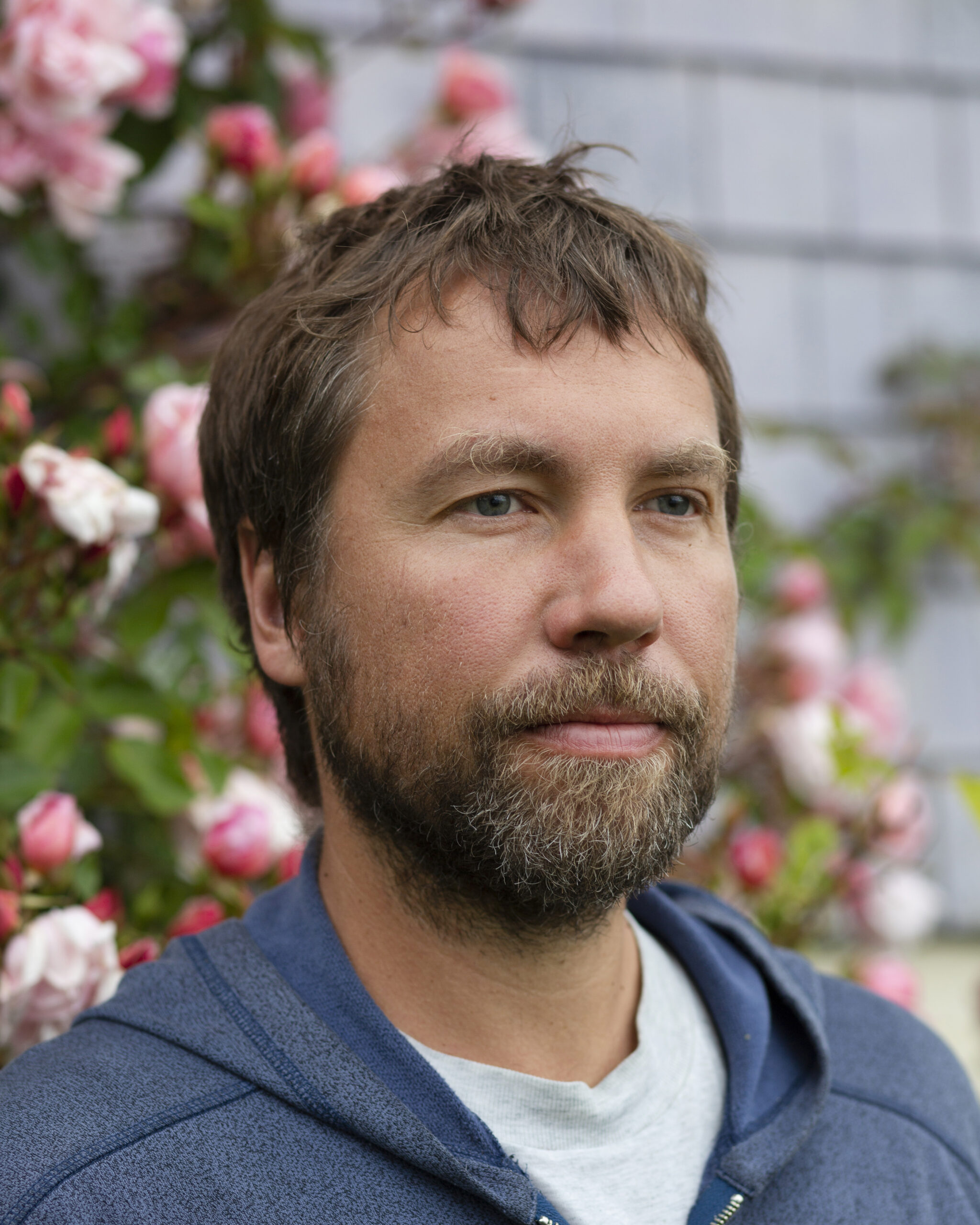
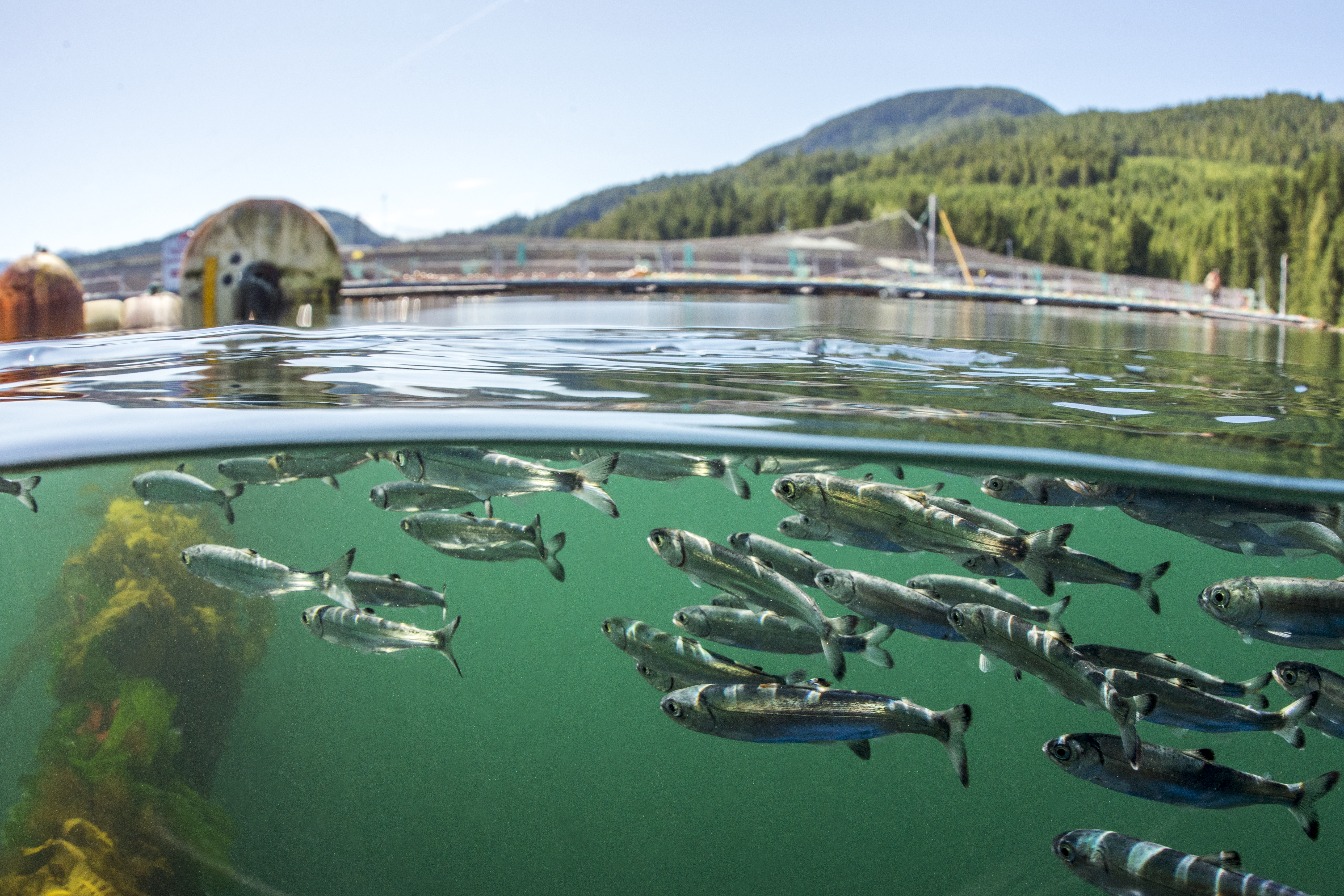
With results so close to the threshold it begs the question is there really no association or is the analysis just too weak to detect it, Krkosek said. “And we think it’s more the case of the latter,” he said.
The academic scientists found that when the department’s reported results for each of the four regions are combined into a meta analysis there is a clear association between the lice infestation on farmed and wild salmon.
The 16 academic scientists are calling for the department to release the entire dataset it relied on so a fulsome, independent analysis can be done.
“Our primary concern is that the science advice that’s going up to the minister isn’t really the best advice,” Krkosek said.
Kingzett said the data is publicly available through DFO’s website and through smolt monitoring reports salmon farm companies release.
“This report is unique because it looked into the relationship between extremely comprehensive data sets,” he said. One looks at lice and production levels collected by veterinarians and the other, collected by a consulting firm, looks at out-migrating salmon, according to Kingzett’s statement.
Krkosek said the smolt monitoring data could be compiled by combing through individual reports, but said a key piece of missing information is the number of fish at each farm. Without that, the infestation pressure from the farms can’t be calculated, he said.
He added that the scientists also want the exact data sets compiled by DFO to ensure that the results can be reproduced and so external scientists can do further analysis.
In their letter, the academic scientists also note the contributors to the report are largely DFO officials involved in aquaculture management or aquaculture regulatory science.
Numerous concerns have been raised over the years about DFO’s competing mandates to both promote the aquaculture industry and protect and conserve wild salmon.
“We know that people have strongly suggested that DFO has a potential salmon farming industry bias,” Stan Proboszcz, senior scientist with the non-profit Watershed Watch Salmon Society.
He pointed to the findings of the 2012 Commission of Inquiry into the Decline of Sockeye Salmon in the Fraser River by Justice Bruce Cohen. In it, Cohen wrote that “DFO faces conflicting roles in having to tell the world that Canada’s farmed salmon products do not threaten the sustainability of wild salmon, yet at the same time credibly examining the possibility that such products are not safe.”
The recent sea lice report isn’t the first time DFO’s conclusions about the risk of salmon farms have been questioned, Proboszcz said. “All you have to do is Google suppression of science,” he said.
Kingzett said the industry was not involved in analyzing the data or developing the report.
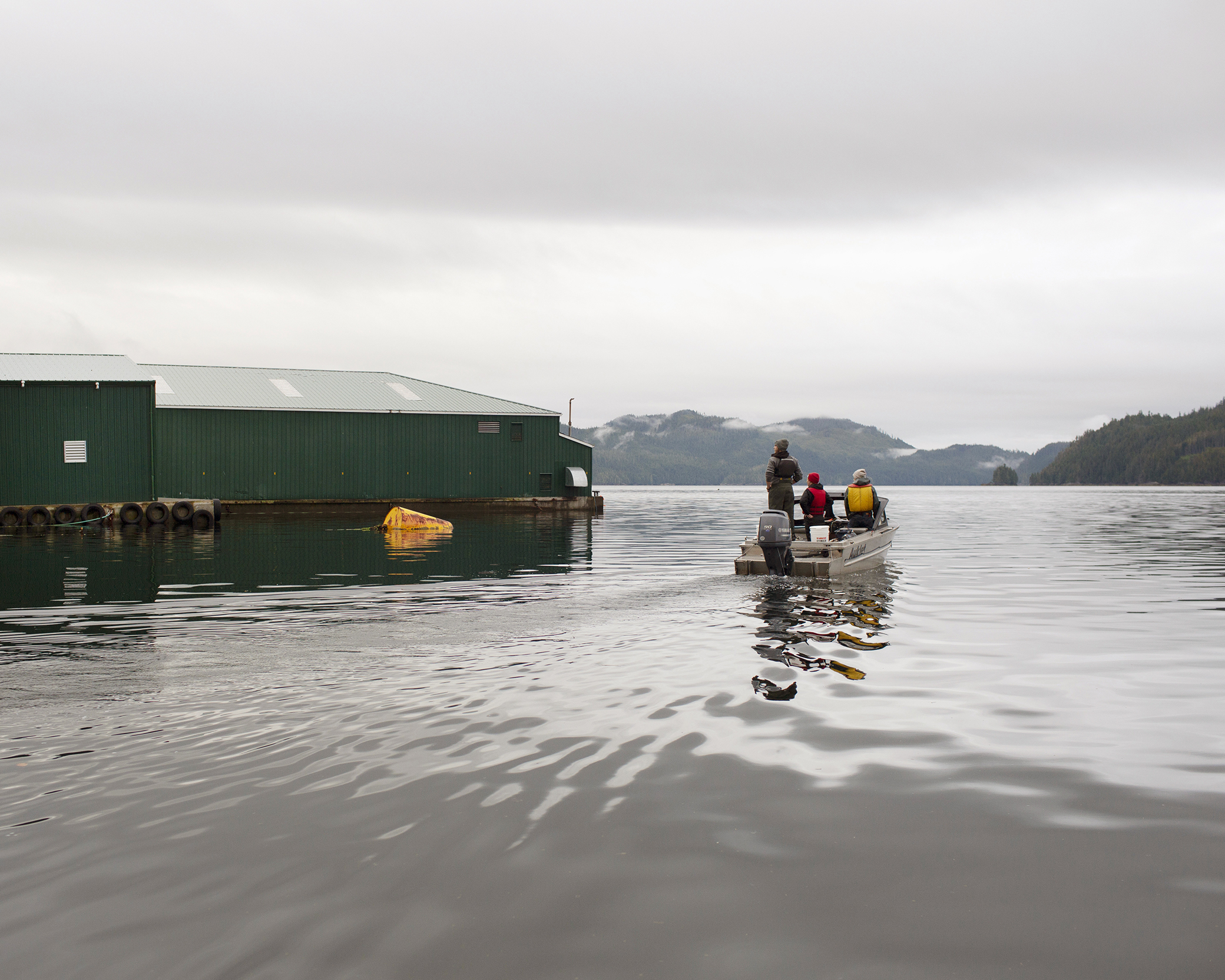
“The report was developed by leading federal researchers in Canada and international experts, each with decades of research on sea lice biology,” he said. He chalked concerns about the report up to “anti-salmon farming activists who do not agree with the results are trying to claim the process is flawed or compromised by industry.”
To Gideon Mordecai, a viral ecologist at the University of British Columbia and signatory to the letter, the sea lice report is “very reminiscent of the way aquaculture management division has handled other science review processes,”
Mordecai points for instance to the department’s record of undermining scientific studies that showed a link between piscine orthoreovirus or PRV and disease in wild salmon. Despite this research, including from one of its own scientists, a DFO report concluded that because PRV can be found in healthy fish, it can’t cause disease, he said.
“Now, after the COVID-19 pandemic we all understand that a virus can be in a healthy individual and they’ll not have any symptoms, but in others it can cause severe disease,” Mordecai said.
In May, Mordecai presented his concerns about the lack of independent science at DFO in a written and oral testimony to a parliamentary committee tasked with studying the state of science in the department.
In an interview this week, he said “the idea that policymakers can’t trust the science advice that they’re being given, that’s a worrying thing.”
Godwin agrees. “The minister has these incredibly important decisions to make that will affect the future of ecosystems and people that depend on these iconic fish and she just deserves to be able to trust the science advice that was given to her by her department,” he said.
“She can’t possibly do that right now given a shoddy report like this.”
Get the inside scoop on The Narwhal’s environment and climate reporting by signing up for our free newsletter. On a warm September evening nearly 15...
Continue reading
115 billion litres, 70 years to fix, $5.5 billion in lawsuits

Climate change, geopolitics and business opportunities power a blue economy

10 billion litres of sewage are dumped into Winnipeg’s lakes and rivers each year. Some...
